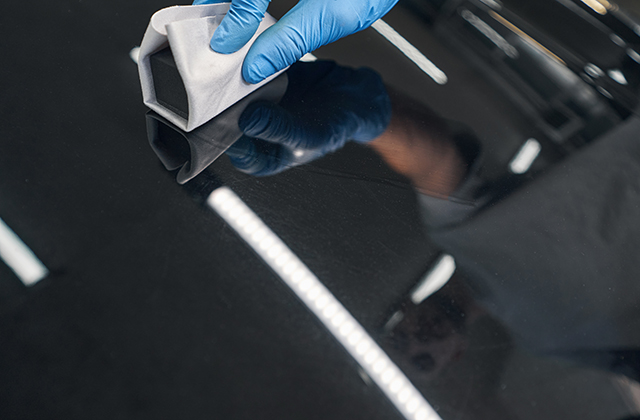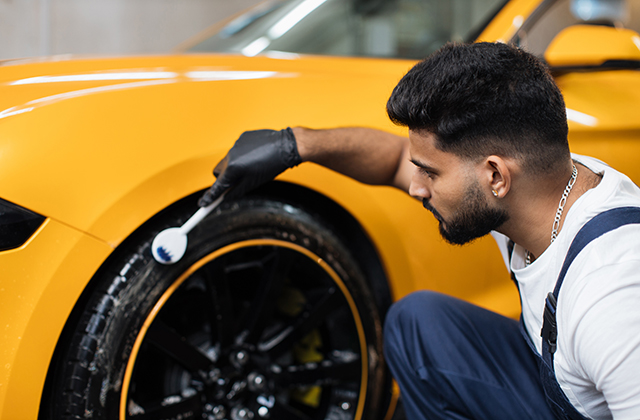
In the bustling city of Sydney, where traffic congestion is a daily challenge, car accidents are unfortunately a common occurrence. From minor fender benders to more severe collisions, these accidents can wreak havoc on your beloved vehicle, leaving it with unsightly dents and a damaged paint finish. However, there’s a silver lining for those who refuse to compromise on the aesthetics of their automobiles: paint correction techniques can work wonders in restoring your car’s former glory.
Sydney Ceramic Coating: A Game-Changer in Paint Correction
When it comes to rejuvenating a vehicle’s appearance after a car crash, exterior car ceramic coating emerges as a game-changing solution. This innovative technology takes car paint correction to a whole new level, offering remarkable protection and enhancement.
Ceramic coating is a liquid polymer that is applied to the vehicle’s exterior, forming a protective layer that bonds with the factory paint. This robust coating is highly resistant to scratches, stains, and UV rays, ensuring that your car’s paint job remains in pristine condition for years to come. But its benefits extend far beyond mere protection.
Restoring the Art of Paint Correction
After a car crash, it’s not uncommon for your vehicle’s once-gleaming paint job to be marred by a plethora of imperfections. Scratches, swirl marks, and paint chips can all detract from the car’s overall aesthetic appeal. This is where the art of paint correction comes into play.
Professional auto detailers and technicians in Sydney have mastered the craft of paint correction. With the skillful use of abrasive compounds and advanced buffing techniques, they can meticulously eliminate imperfections and restore the luster of your car’s finish. When combined with Sydney ceramic coating, the results are truly remarkable.
Sydney ceramic coating acts as the final touch, sealing in the flawless finish achieved through paint correction. The coating enhances the color depth and clarity, giving your vehicle a showroom-worthy appearance. It creates a hydrophobic barrier, causing water and contaminants to bead and roll off effortlessly, making car maintenance a breeze.
The Durable Partnership: Paint Correction and Ceramic Coating
The synergy between paint correction and ceramic coating is undeniable. After your vehicle undergoes the meticulous process of paint correction, the addition of ceramic coating ensures that your car’s finish remains flawless and protected from future damage. It’s like having a suit of armor for your vehicle’s paint, guarding it against the harsh Sydney elements and the everyday wear and tear that come with city living.
The Long-Term Investment
While the initial investment in paint correction and Sydney ceramic coating may seem substantial, it’s important to view it as a long-term investment in your car’s aesthetic and monetary value. By restoring and preserving your vehicle’s paint finish, you not only enjoy a car that looks as good as new, but you also maintain its resale value. This becomes particularly important when you decide to part ways with your vehicle or upgrade to a newer model.
In conclusion, the combination of paint correction and Sydney ceramic coating is the ultimate solution for breathing life back into your vehicle after a car crash. Whether you’re a car enthusiast, a daily commuter, or someone who simply values their vehicle’s appearance, this dynamic duo ensures that your car remains a sight to behold on the streets of Sydney. With these advanced techniques, you can resurrect the elegance of your vehicle and enjoy the benefits for years to come.

